How To Prepare Soil in San Diego?
wobsie
15 years ago
Featured Answer
Sort by:Oldest
Comments (19)
gobluedjm 9/18 CA
15 years agogardenguru1950
15 years agoRelated Professionals
Arden-Arcade Landscape Contractors · Cerritos Landscape Contractors · Cockeysville Landscape Contractors · Holtsville Landscape Contractors · Lexington Landscape Contractors · Peoria Landscape Contractors · Pleasant Hill Landscape Contractors · River Ridge Landscape Contractors · Vermilion Landscape Contractors · Winchester Landscape Contractors · Clinton Swimming Pool Builders · Jacksonville Window Contractors · Dayton Window Contractors · Jensen Beach Window Contractors · Piedmont Window Contractorsdicot
15 years agogardenguru1950
15 years agowobsie
15 years agosocal23
15 years agogardenguru1950
15 years agowobsie
15 years agocalistoga_al ca 15 usda 9
15 years agocalistoga_al ca 15 usda 9
15 years agoSuzi AKA DesertDance So CA Zone 9b
15 years agoslave2thefur
15 years agoporewit
15 years agogardenguru1950
15 years agoporewit
15 years agogardenguru1950
15 years agoporewit
15 years agoTom Williams
10 months ago
Related Stories

DESIGNER SHOWCASESSan Francisco Decorator Showcase: Happy Days Are Here Again
Creative ideas, bold colors and inventive materials abound under one (very large) roof
Full Story
GARDENING GUIDESGet on a Composting Kick (Hello, Free Fertilizer!)
Quit shelling out for pricey substitutes that aren’t even as good. Here’s how to give your soil the best while lightening your trash load
Full Story
GARDENING GUIDES5 Ways to Naturally Win the Weed War
Show irksome weeds no mercy with these tricks for combating them sans chemicals
Full Story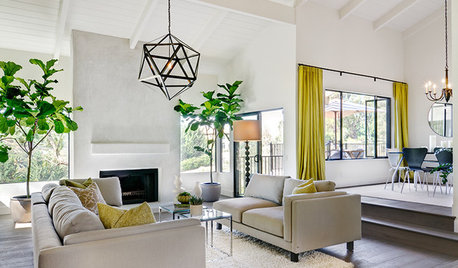
HOUZZ TOURSHouzz Tour: Modern and Traditional Tango in a Spanish-Style Ranch
From leaky and drab to revamped and fab, this Southern California home with its own orchard is more than ready for guests
Full Story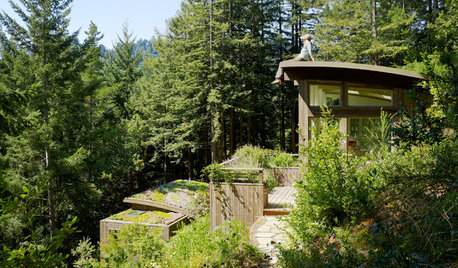
REMODELING GUIDESLiving Roofs Crown Green Design
Living roofs save energy, improve air, water, curb appeal — and the view from above doesn't hurt either
Full Story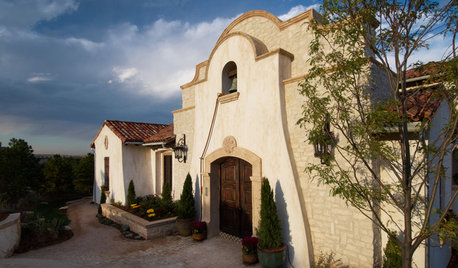
ARCHITECTURERoots of Style: Mission
Spanish colonial missions inspired a style of architecture still popular in the United States
Full Story
GARDENING GUIDESGreat Design Tree: Australian Tea Tree
A living sculpture with an unmistakable appearance, this coastal native creates an intriguing landscape scene
Full Story
FUN HOUZZGeek Out at Home, Comic-Con Style
Murals, decals and pop-art decor for your brony, Twihard or caped crusader in training
Full Story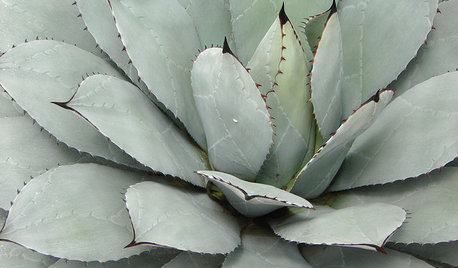
BLUE AND GRAY FOLIAGEGreat Design Plant: Parry's Agave
Don't let the spikes scare you away — this succulent is surprisingly friendly to gardeners whose landscapes lie beyond the desert
Full Story
GARDENING GUIDESTackle Weeds the Natural Way
Instead of dousing your yard with chemicals to wipe out weeds, let time and nature work their magic via smothering and solarization
Full StorySponsored
Professional Remodelers in Franklin County Specializing Kitchen & Bath
More Discussions






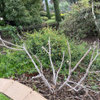
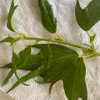
HU-959483808